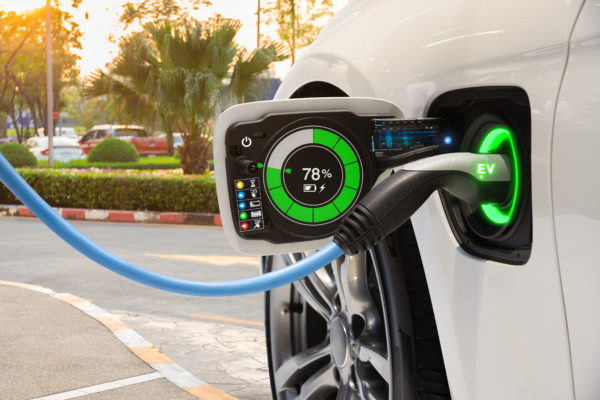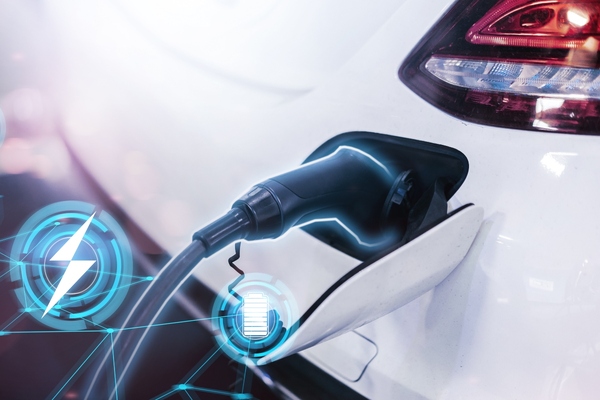Autonomous electric vehicles (E-Vehicles) are the latest trend in the automotive industry. These vehicles are equipped with advanced technology that allows them to operate without human intervention. They rely on sensors, cameras, and other components to perceive their environment and make decisions based on that information. The emergence of autonomous E-Vehicles has the potential to revolutionize the transportation industry, but it also presents several challenges that need to be addressed.
Progress in Autonomous E-Vehicles

The development of autonomous E-Vehicles has been ongoing for several years, and significant progress has been made in recent times. Major automobile companies such as Tesla, Waymo, and Uber are leading the way in developing autonomous E-Vehicles. Tesla’s Autopilot system, for instance, uses a combination of cameras and sensors to navigate the road, while Waymo’s self-driving cars rely on lidar technology to detect obstacles and avoid collisions.
The advantages of autonomous E-Vehicles are numerous. They reduce the need for a human driver, which can lead to increased safety and reduced traffic congestion. They also have the potential to reduce greenhouse gas emissions and promote sustainable transportation. Additionally, autonomous E-Vehicles can provide increased mobility for the elderly or disabled who may not be able to drive a traditional car.
Challenges in Autonomous E-Vehicles

Despite the progress made in autonomous E-Vehicles, there are still several challenges that need to be addressed. One of the most significant challenges is ensuring the safety of these vehicles. Although autonomous E-Vehicles are equipped with advanced technology, accidents can still occur. The recent accident involving a Tesla Model S in Texas, which resulted in two fatalities, is an example of this challenge.
Another challenge is the cost of autonomous E-Vehicles. These vehicles are still expensive to produce, and the cost of the technology used in these vehicles is still high. As a result, the price of autonomous E-Vehicles is still beyond the reach of many consumers.
Finally, there is a need for clear regulations governing the use of autonomous E-Vehicles. The legal framework for autonomous E-Vehicles is still under development, and there are many questions about liability and responsibility in case of accidents involving these vehicles.
Conclusion
The emergence of autonomous E-Vehicles is an exciting development in the transportation industry, but it also presents several challenges that need to be addressed. Significant progress has been made in the development of autonomous E-Vehicles, but more work needs to be done to ensure their safety, reduce their cost, and establish clear regulations governing their use. Only then can we realize the full potential of autonomous E-Vehicles in promoting sustainable transportation and improving mobility for all.

